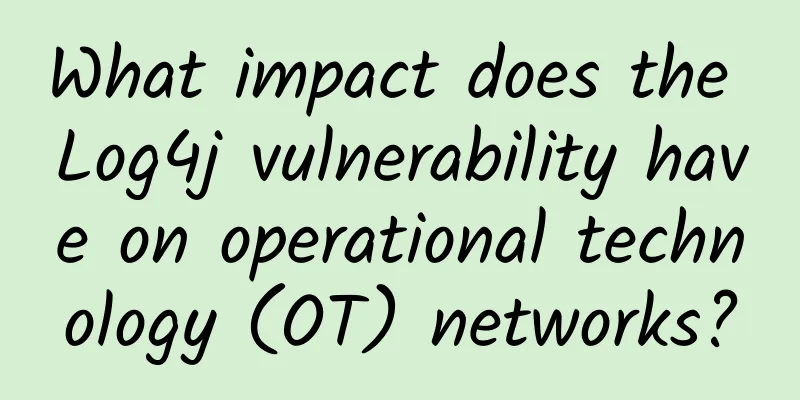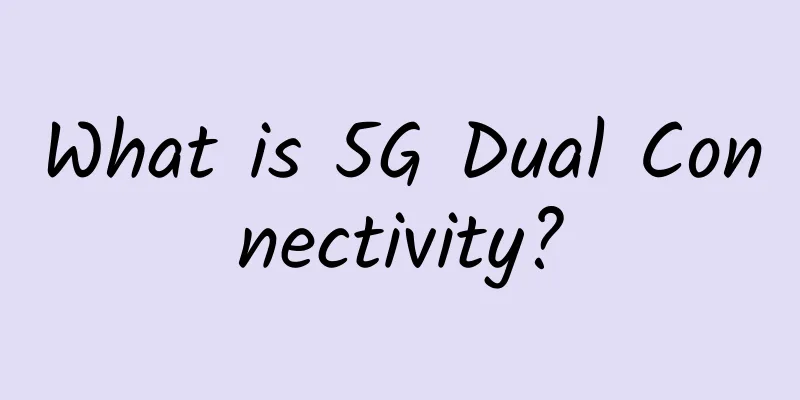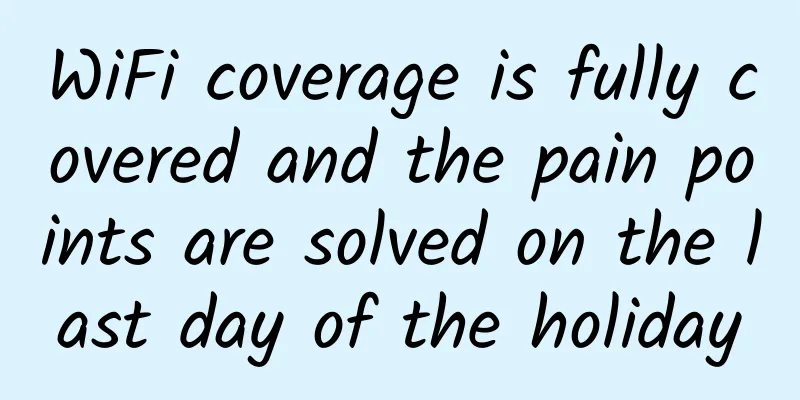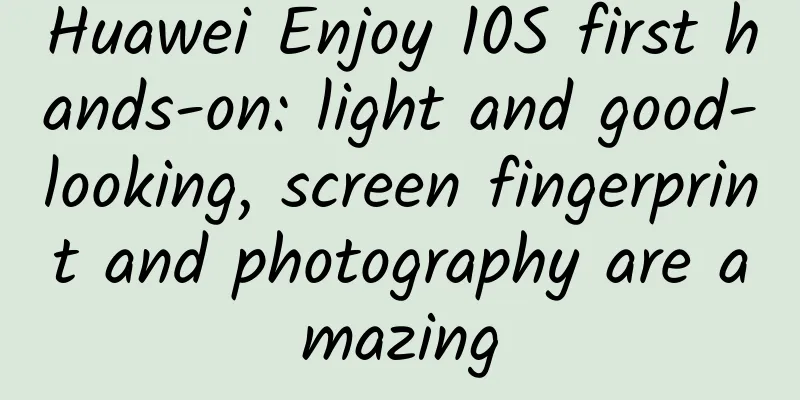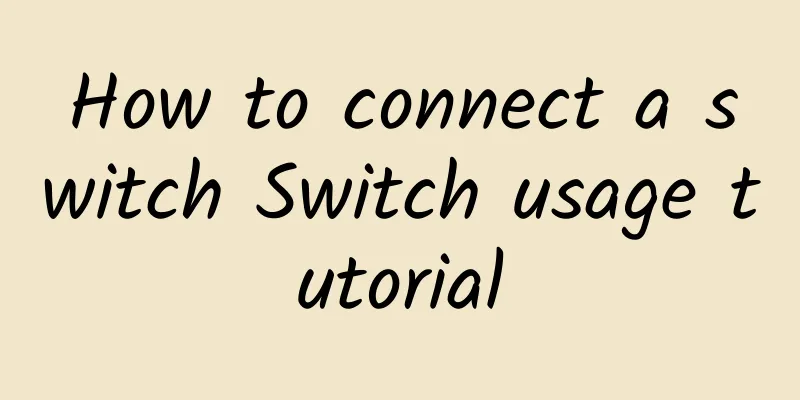HTTP 401 Error vs HTTP 403 Error – Status Code Response Explanation
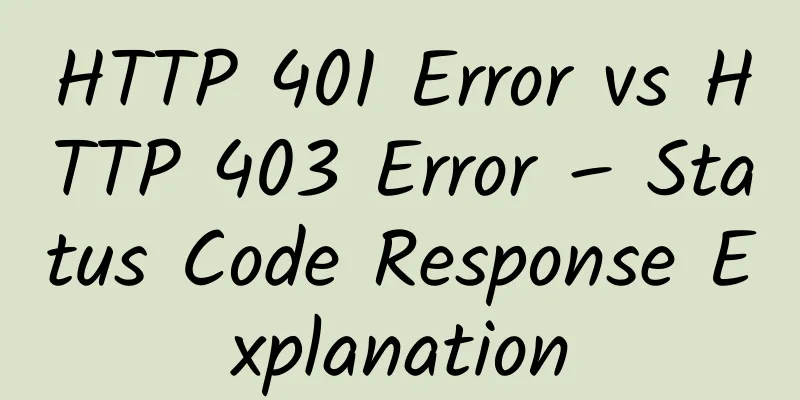
|
We’ve covered the 403 HTTP error code in detail before. So what exactly is the difference between the 401 (Unauthorized) and 403 (Forbidden) status codes? Are they the same thing? Let’s take a closer look!
RFC Standards The latest RFC standard for 401 (Unauthorized) is RFC 7235: The 401 (Unauthorized) status code indicates that the request has not been applied because it lacks valid authentication credentials for the target resource... The user agent MAY repeat the request with a new or replacement Authorization header field. 403 (Forbidden) is most recently defined in RFC 7231: The 403 (Forbidden) status code means that the server understood the request but is refusing to authorize it... If authentication credentials were provided in the request, the server considers them insufficient to grant access. Obvious reasons As mentioned in the previous article, a 403 error could be a situation where you are logged in, but the user does not have sufficient privileges to access the requested resource. For example, a regular user might be trying to load the "admin" route. On the other hand, a 401 error is most obviously a sign that you are not logged in at all or provided an incorrect password. These are the two most common reasons for this error. Less obvious reasons In some cases, it’s not that simple. A 403 error can occur because the restriction is not entirely dependent on the credentials of the logged-in user. For example, the server may have locked down specific resources to allow access only from a predefined range of IP addresses, or it may utilize geo-blocking. A VPN can bypass the latter. A 401 error can occur even if the user enters the correct credentials. This is rare, but it will return a 401 if the Authorization header is malformed. For example, you might want to include a JWT (JSON Web Token) in the request header with the format Authorization: Bearer eyJhbGci......yJV_adQssw5c. If you forget the word "Bearer" before the JWT, you'll get a 401 error. I ran into this problem myself when using Postman to test an API I was developing, and forgot the correct syntax for the auth header! |
<<: HTTP 403 Error: What it means and how to fix it
>>: Network as a Service (NaaS) Demand is Changing the Enterprise Market
Recommend
Ten techniques for API protocol design
In this digital age, our daily lives are filled w...
In the 5G era, industry market users’ choice of public network or private network
This year, 5G has entered its first year of comme...
UK: Infrastructure cannot keep up, 5G application progress is slow
According to reports, 5G deployment in the UK is ...
The latest global ranking of 5G standard essential patents: Huawei first, Samsung second
Recently, IPLytics, an internationally renowned p...
5G commercialization has arrived, how far are 6G and the "terahertz era"?
On October 31, 2019, the three major operators an...
Can you understand Wdm in one minute?
Hello everyone, I am Xiaozaojun. [[329660]] When ...
HTTP Cache Protocol Practice
1. What is Cache? Cache, also known as Cache, is ...
China Telecom: Continue to build a comprehensive 5G private network solution integrating "network edge cloud and service"
With the continuous advancement of "new infr...
IPv6 basics, learn in one minute
1. Introduction to IPv6 1. IPv6 was previously kn...
Σco Time | Huawei Cloud Smart Healthcare Solution builds an intelligent epidemic prevention and control system
[51CTO.com original article] Although the COVID-1...
What impact will satellite internet have on you when it really arrives?
Starlink, a satellite internet service that has b...
Chinese companies are strong in 5G R&D, spectrum strategy planning needs to be implemented
In recent times, 5G has become popular in the cir...
RAKsmart: San Jose servers start at $46/month, 1GB unlimited data servers start at $199/month
RAKsmart's discounts continue this month. In ...
How Industry 4.0 and 5G will change supply chain visibility
As the pandemic highlights the serious inefficien...
CDN enters the licensing era, and the Ministry of Industry and Information Technology regulates and cleans up the CDN market
On December 12, the Ministry of Industry and Info...
